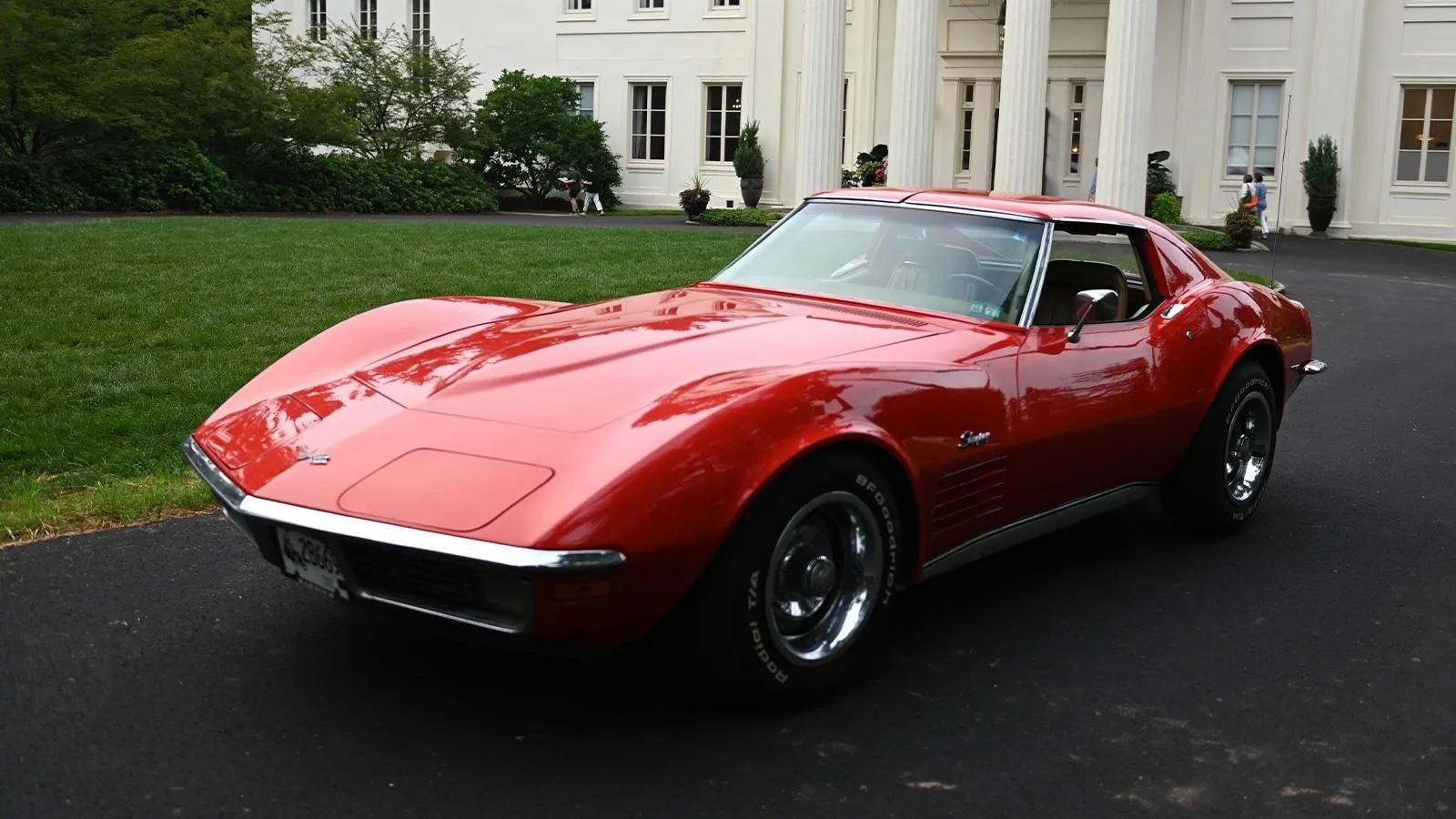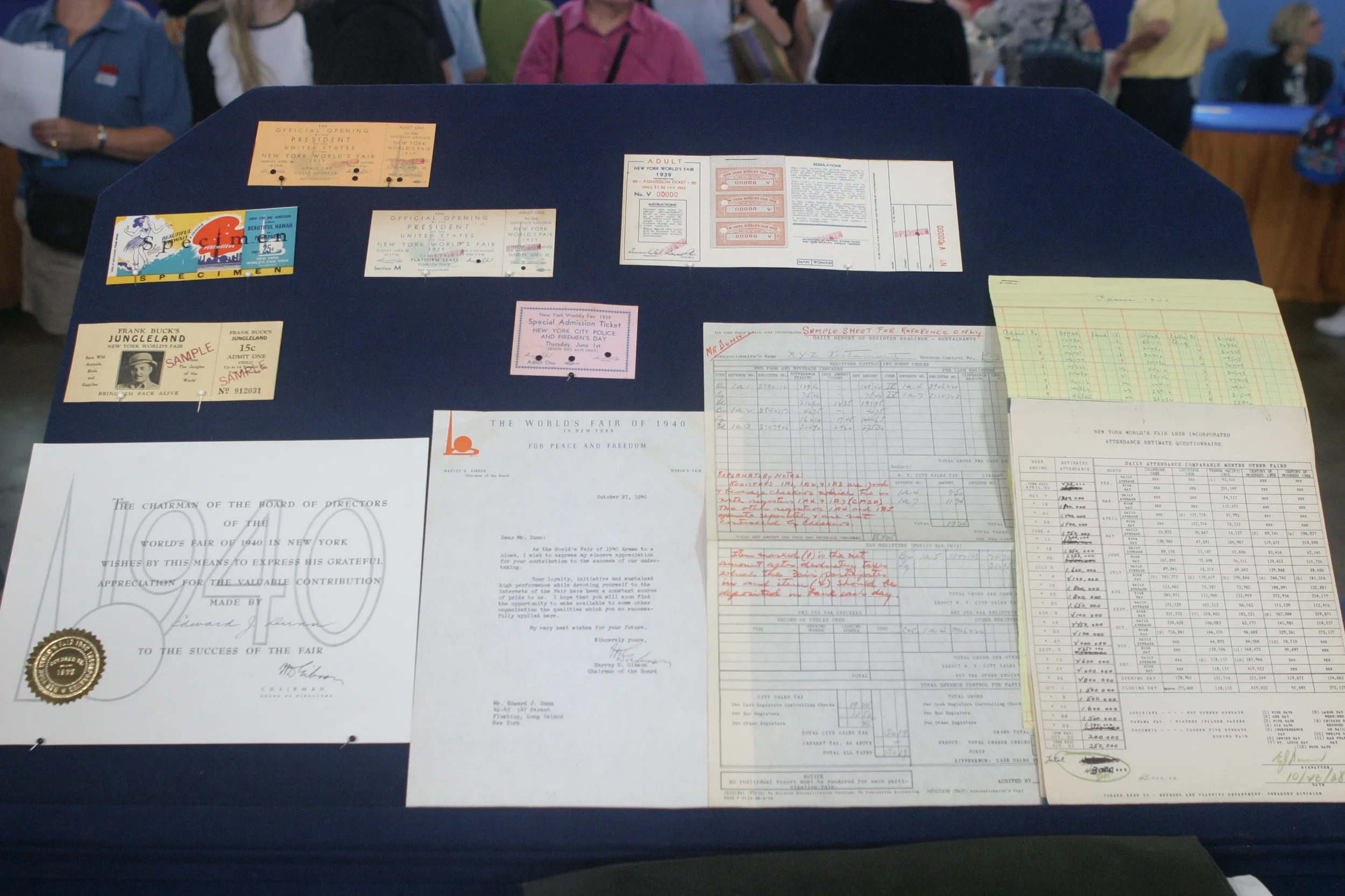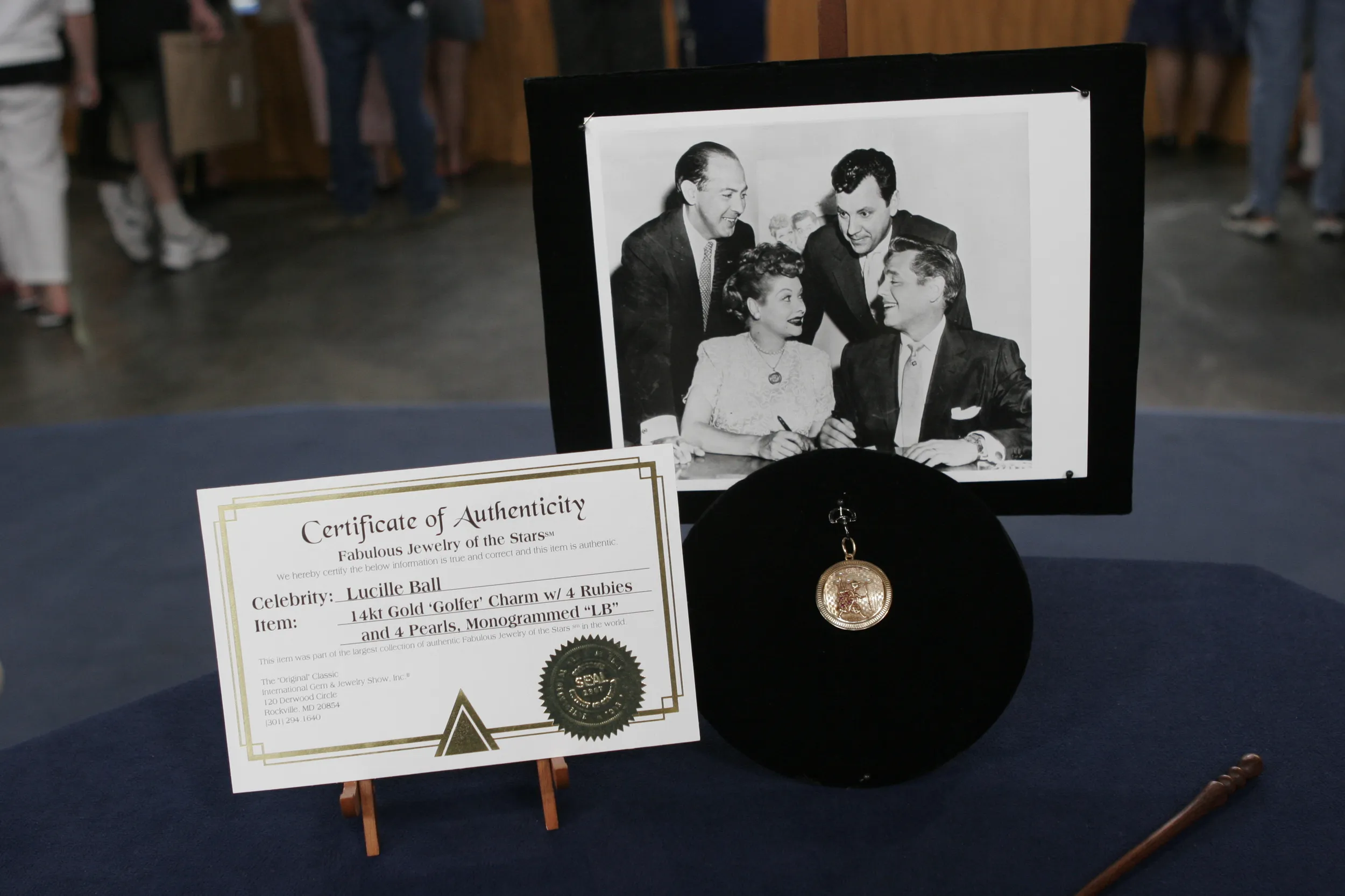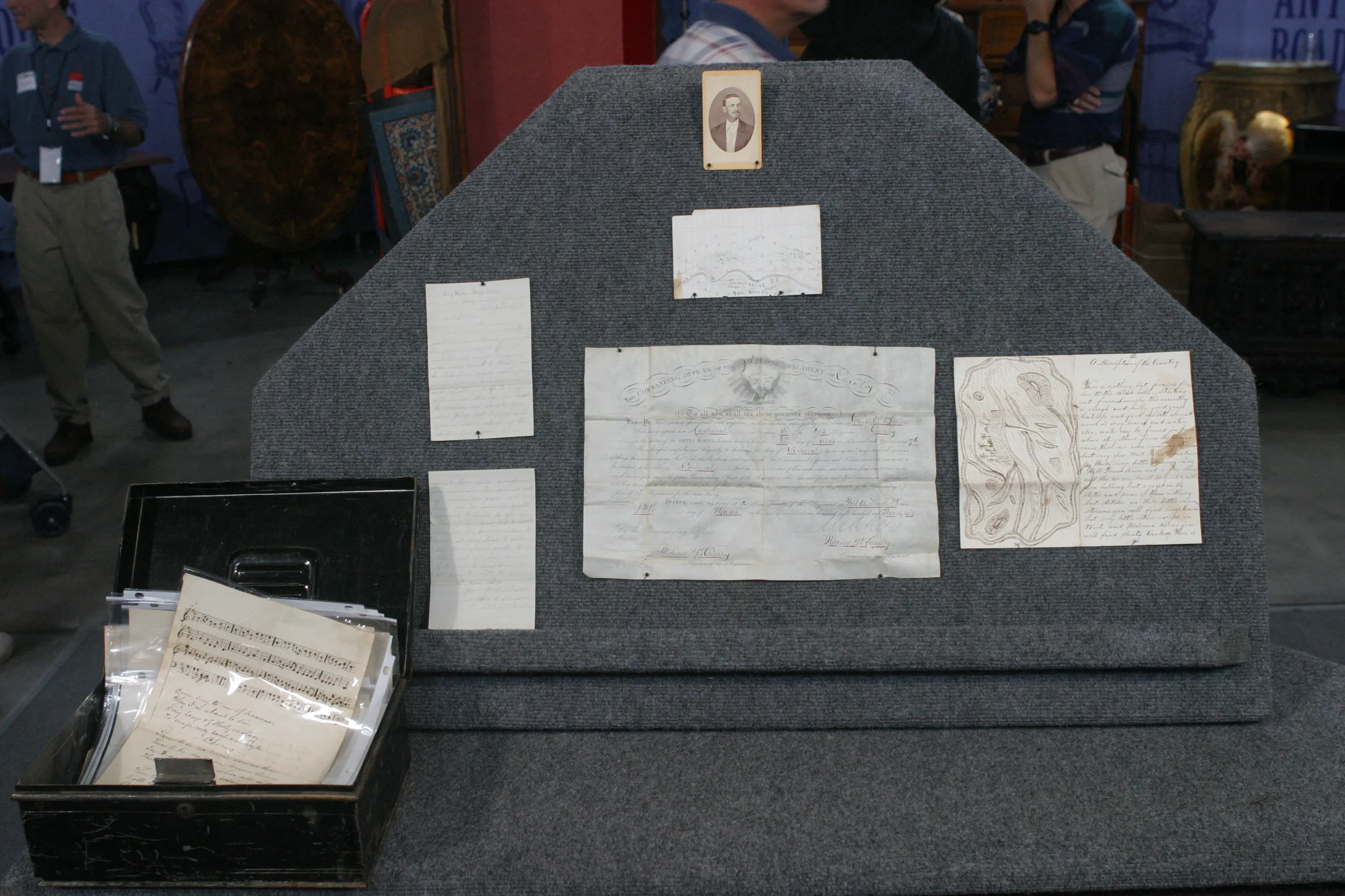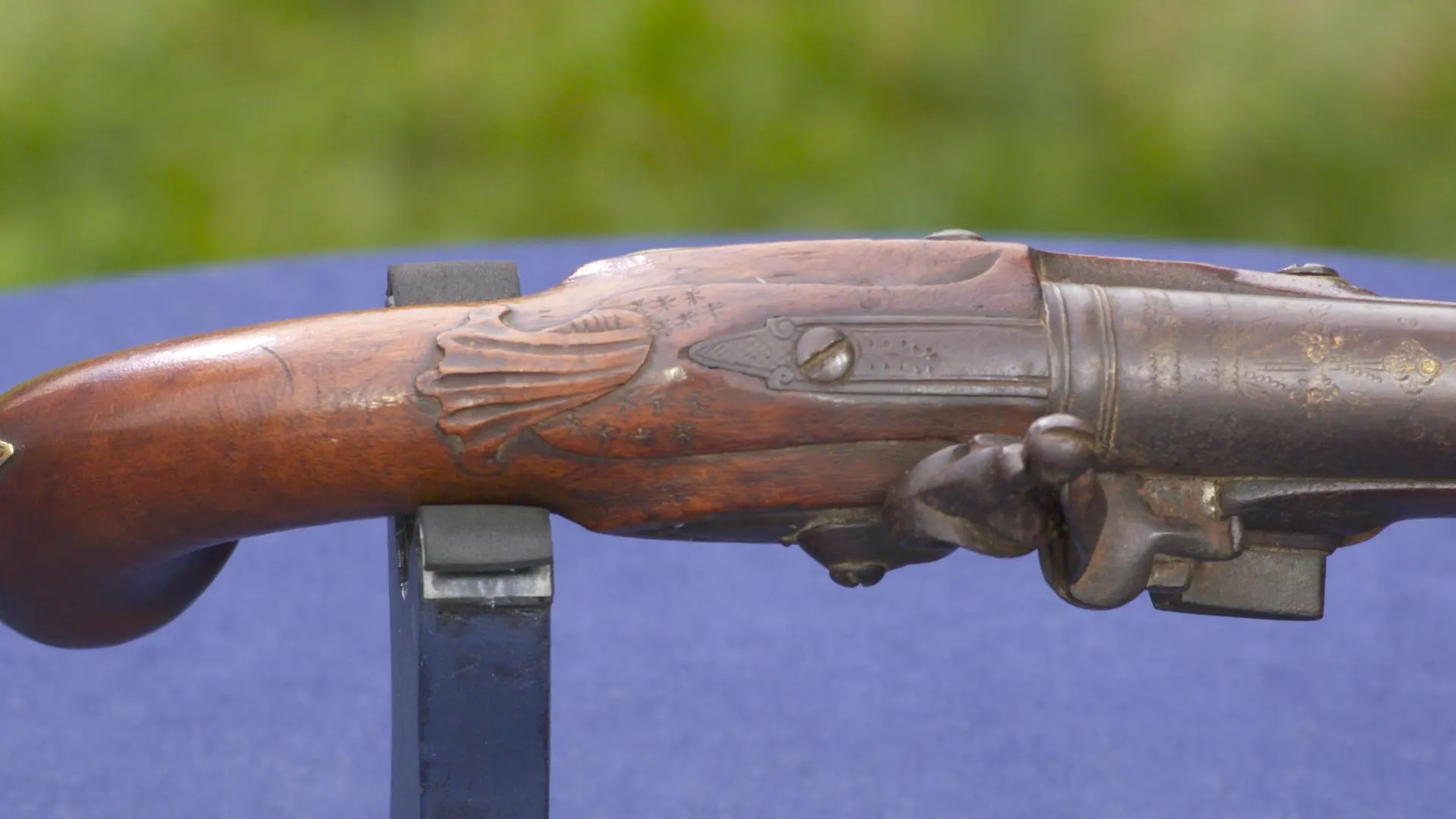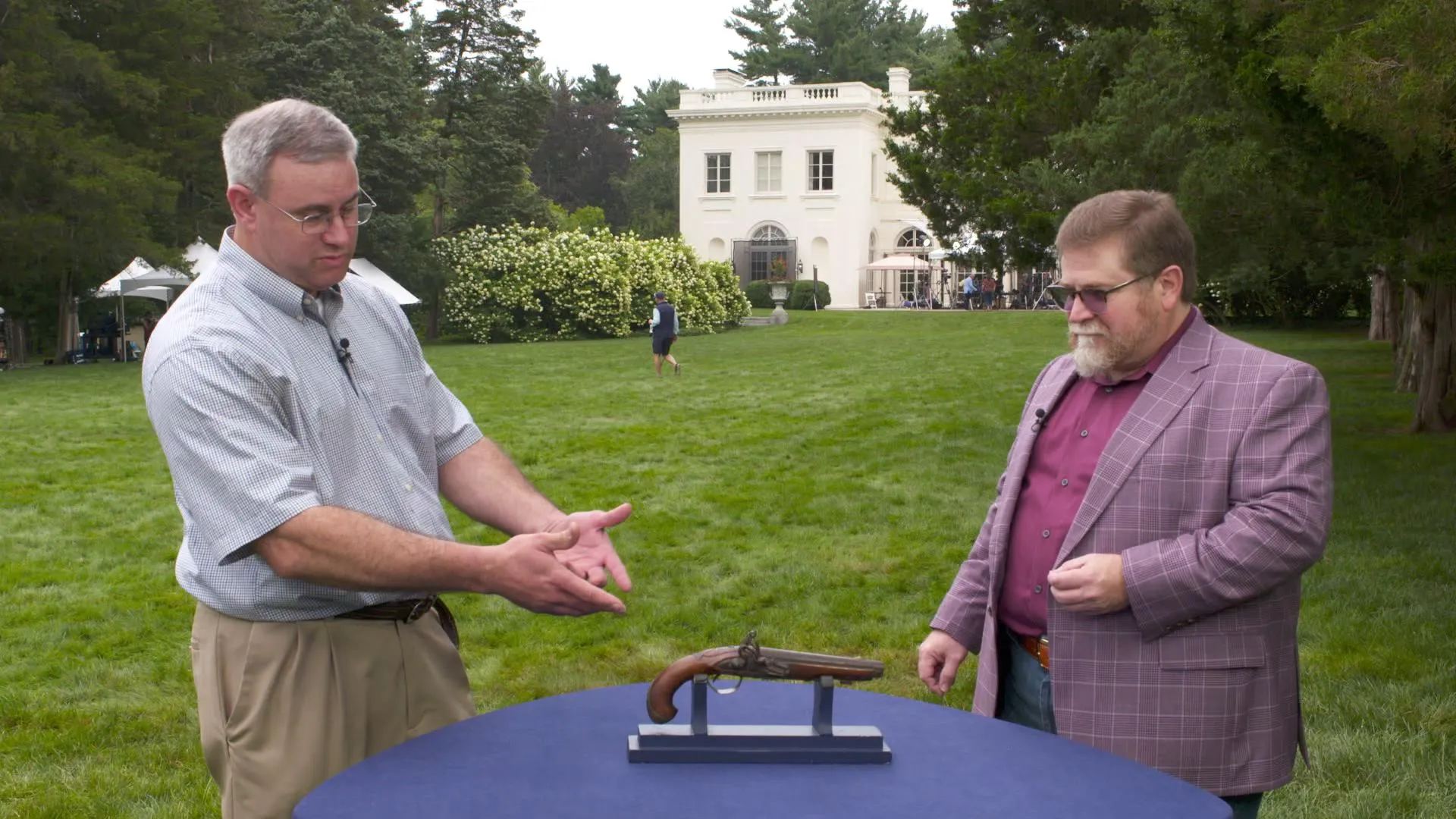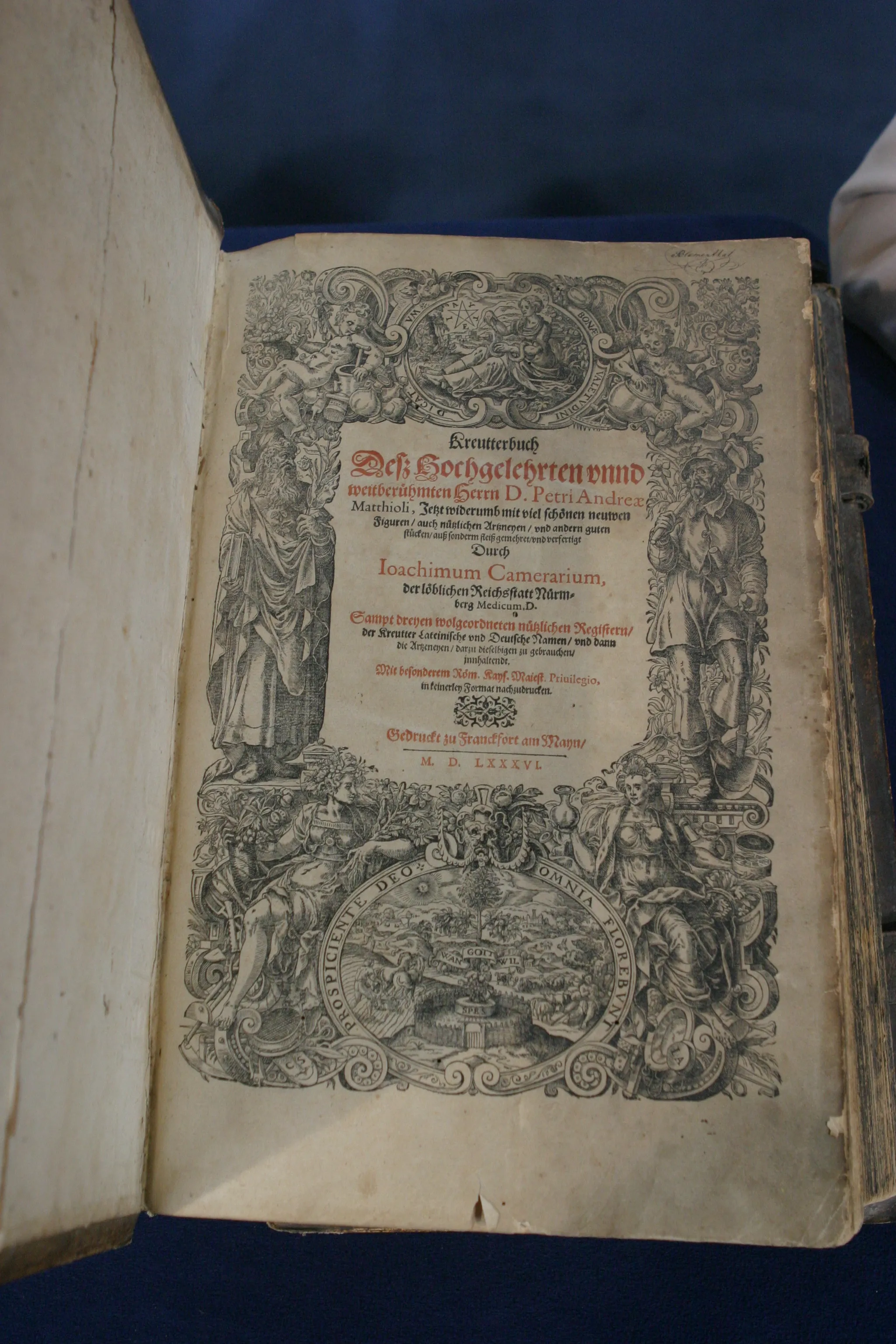GUEST: What I have is a, what I believe is a 13 colonies-era flintlock pistol. It's my father-in-law's, but he's inheriting it to me.
APPRAISER: Mm-hmm.
GUEST: And his father had found it in the 1930s in the Chicago area. How much Frank paid for it, I would have no idea.
APPRAISER: Well, you've got a great example of a gun that's just a little bit later than you think it is.
GUEST: Mm-hmm.
APPRAISER: This is a wonderful Federal-era gun from just after the revolution.
GUEST: Fantastic.
APPRAISER: And even though we don't have a maker's name on the gun, we can identify who these guns are attributed to because of the unique decoration that they used primarily on the butt cap.
GUEST: Wow.
APPRAISER: I'm sure you noticed, there's this beautiful stylized folk art eagle with the 13 stars. And that decoration is attributed to Halbach and Sons of Baltimore.
GUEST: Halbach, all right.
APPRAISER: They went into business sometime right around the end of the revolution, circa 1785 to the 1820s. Based on the style of this gun, I'd say it's probably 1790. It could be as late as 1810, but certainly before the War of 1812.
GUEST: Wow.
APPRAISER: One of the other features of Halbach guns...
GUEST: Okay.
APPRAISER: ...is this sort of shell motif in the raised carved apron behind the tang. No one's sure exactly how many guns Halbach and Son produced. But the estimate is somewhere in the range of 300 to 500 guns. And these pistols would be classified by a collector as what we call a secondary martial.
GUEST: Okay.
APPRAISER: It's a military-style gun.
GUEST: Okay.
APPRAISER: But Halbach never actually received any specific contracts to produce for the U.S. military.
GUEST: Okay.
APPRAISER: But during that period, officers had to buy their own equipment...
GUEST: Wow.
APPRAISER: ...out of their own pocket. So this is a perfect example of the kind of gun that an officer might have bought as a personal sidearm.
GUEST: Wow, that's, that's really amazing.
APPRAISER: It's got a couple of condition issues. It's missing the forend cap, the small piece of brass, or sometimes horn, that would have capped off that wood and prevented the stock from splitting and chipping in the forend, which is what it's starting to do now. And it's missing the ramrod, but that's certainly not uncommon with pistols of this age.
GUEST: Mhmm, mhmm.
APPRAISER: But it's the way any serious collector wants to find a gun, just untouched and wonderful. In today's auction market, this gun is going to bring somewhere in the $4,000 to $6,000 range.
GUEST: Wow.
APPRAISER: It might bring a little bit more, but that's probably where that gun's gonna sell.
GUEST: That's amazing. I would've never guessed that it would've been that much.

